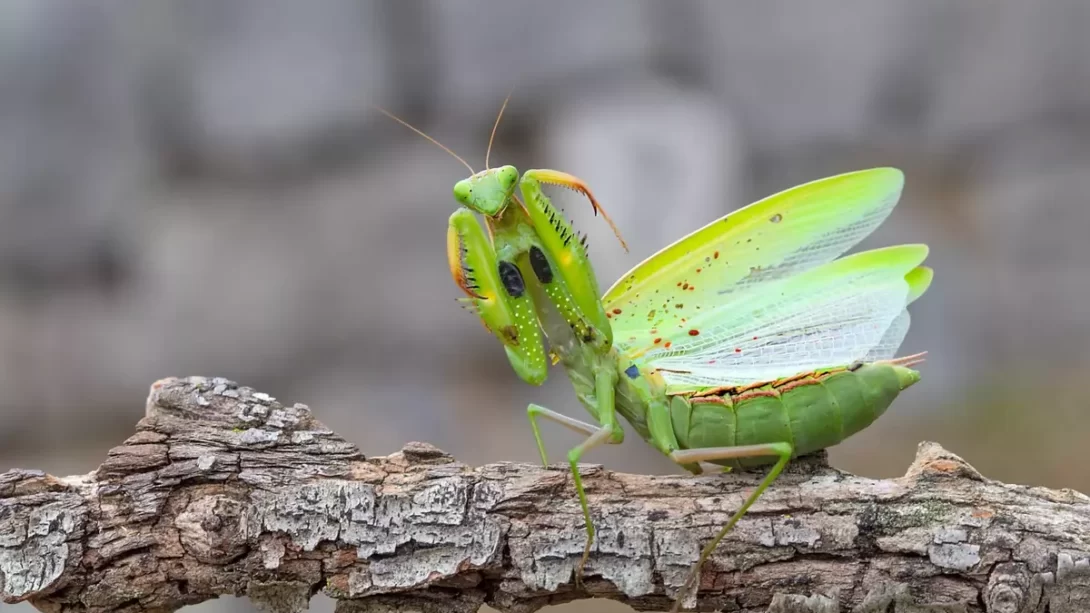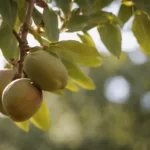Praying mantises are fascinating and formidable predators in many ecosystems, known for their distinctive appearance and predatory skills. A common question among gardeners and insect enthusiasts is whether these insects prey on aphids, a common garden pest. This article aims to delve into the dietary habits of praying mantises, with a particular focus on their interaction with aphids.
Praying Mantises
Praying mantises, belonging to the order Mantodea, are easily recognized by their upright posture, elongated bodies, and triangular heads with bulging eyes. They are primarily known as predators, using their powerful front limbs to snatch prey. The ecological role of praying mantises extends beyond just predation, as they contribute to the balance of insect populations in their habitats.
The Diet of Praying Mantises
The diet of praying mantises is quite diverse, mainly consisting of live insects. They are opportunistic feeders, preying on a wide variety of insects including moths, crickets, flies, and occasionally even small vertebrates. Their hunting strategy involves waiting motionlessly for unsuspecting prey to come within reach. The preference for specific prey varies among species and is influenced by factors such as prey availability and size.
Praying Mantises and Aphids: A Predator-Prey Relationship?
Aphids, small sap-sucking insects, are common pests in gardens and on farms. While praying mantises are capable of eating aphids, these tiny insects are not typically their preferred prey due to their small size and low nutritional value. Praying mantises tend to favor larger insects, which offer more sustenance. However, in the absence of larger prey or in environments with high aphid populations, mantises may consume aphids.
The Impact of Praying Mantises in Gardens and on Aphid Populations
In garden ecosystems, praying mantises can have a complex impact. They are generalist predators and may control certain pest populations, including aphids, but their contribution to aphid control is often incidental rather than substantial. Praying mantises tend to prey on a variety of insects, some of which may be beneficial to the garden, such as pollinators. Their indiscriminate eating habits mean that while they might help reduce aphid numbers, they are not a targeted solution for aphid infestations.
Considerations for Using Praying Mantises as Pest Control
Using praying mantises for biological pest control in gardens requires careful consideration. Their effectiveness in controlling specific pests like aphids is limited and can be unpredictable. Moreover, the introduction of non-native praying mantis species can disrupt local ecosystems. Gardeners looking to use praying mantises as a method of pest control should also consider the potential impact on beneficial insect populations.
Alternative Natural Predators of Aphids
While praying mantises can consume aphids, there are other natural predators more effective in controlling aphid populations. Ladybugs, lacewings, and hoverflies are among the most efficient at aphid predation. These insects specifically target aphids, often consuming large numbers in their larval stages. Additionally, these predators do not pose the same risk to beneficial insects as praying mantises.
Effectiveness Comparison of Aphid Predators
Comparatively, ladybugs and lacewings are more specialized in their feeding habits, focusing mainly on aphids and other soft-bodied pests. This specialization makes them more effective for targeted aphid control. In contrast, the praying mantis’s broader diet spectrum means it is less reliable for controlling specific pest outbreaks. For gardeners dealing with aphid problems, relying on these more specialized predators is often a better strategy.
Tips for Attracting Beneficial Insects to Gardens
To naturally control aphids, gardeners can encourage the presence of their natural predators. Planting nectar-rich flowers and providing habitats like insect hotels can attract beneficial insects. Avoiding broad-spectrum pesticides helps preserve these natural predator populations. Creating a diverse garden ecosystem is key to encouraging a balance of predator and prey, which can naturally keep aphid numbers in check.
Conclusion
Praying mantises, with their varied diet, do occasionally consume aphids, but they are not the most efficient predators for aphid control in gardens. Their generalist nature and potential impact on beneficial insects make them less suitable for targeted pest management. Instead, encouraging the presence of specialized aphid predators like ladybugs and lacewings can provide more effective and balanced pest control. Understanding the role of different predators in the garden ecosystem is crucial for natural and sustainable pest management strategies.



